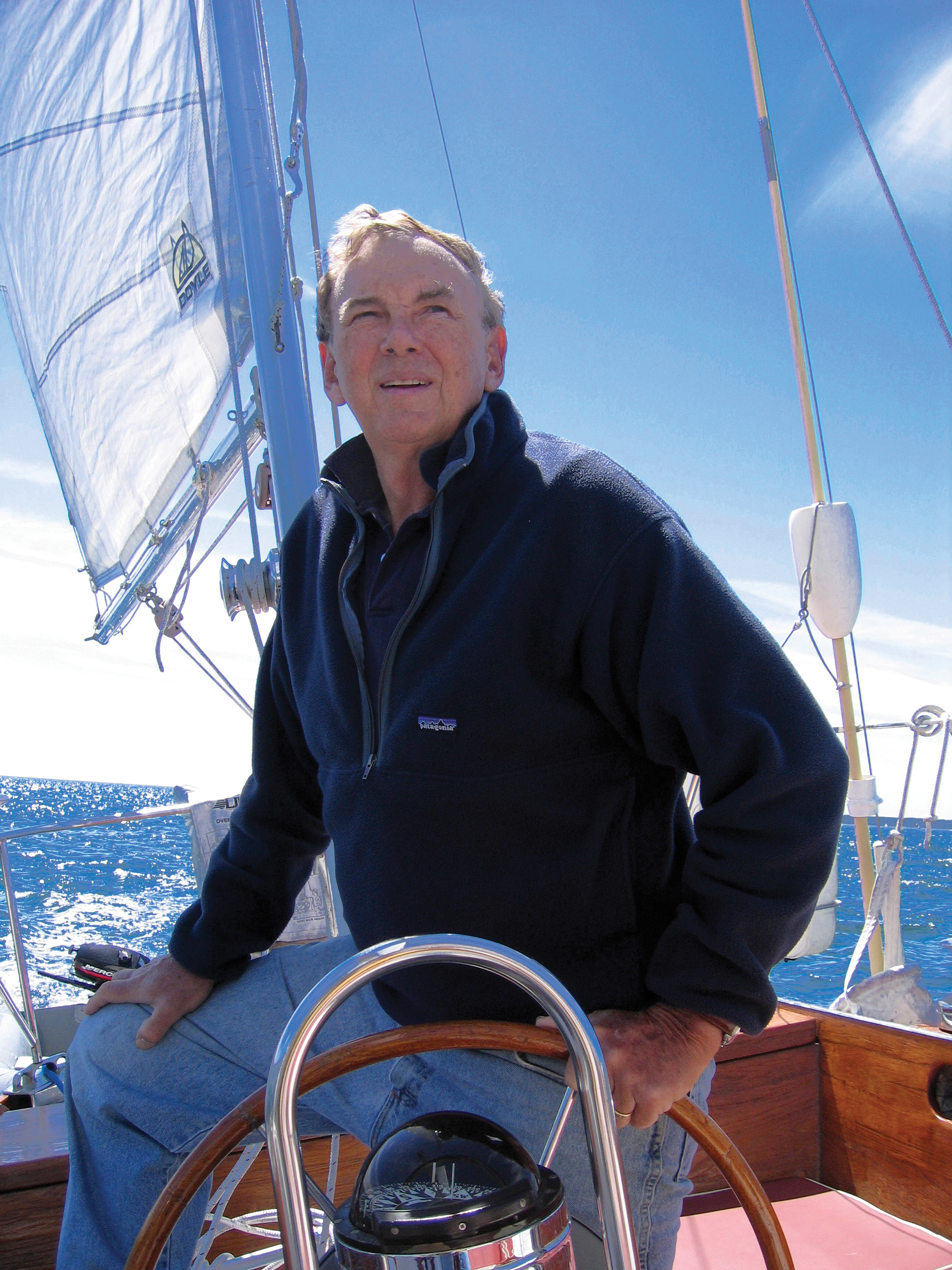Remembering President Bennet

President Emeritus Douglas J. Bennet ’59, P’87, ’94, Hon. ’94, who passed away in June at age 79, presided over a dozen years of remarkable progress at Wesleyan that reshaped not only the physical campus but also the Wesleyan community’s understanding of itself.“He believed that Wesleyan gave him so much, and he gave back unstintingly with deep affection,” wrote Wesleyan President Michael S. Roth ’78 in a campus email.
Bennet arrived in 1995 at a time when Wesleyan had an urgent need for a successful fundraising campaign. His first step was to raise the community’s sights regarding what could be achieved, and he turned to the Boston Consulting Group to debunk some myths about Wesleyan, particularly the notion that the alumni body could not support a large fundraising campaign because, unlike some of our peers, a disproportionate number of alumni went into modestly paid, nonprofit careers.
That Wesleyan “urban legend” was simply false, as the consultants showed, and the Bennet-led campaign subsequently raised $281 million—by far the University’s most successful fundraising effort at the time.
Bennet was an unconventional choice for president, an academic outsider who was also a Wesleyan insider by virtue of family connections, his undergraduate years, and service on the Board of Trustees. Having led a major turnaround at NPR, Bennet brought to Wesleyan a forward-looking, growth-oriented attitude, and he infused
“Strategy for Wesleyan,” a major strategic planning document developed in close consultation with members of the Wesleyan community, with this outlook. Wesleyan had gone through a difficult period of belt-tightening, and Bennet’s approach served as a welcome tonic.
“I’m astonished by how much we stuck to that plan and implemented almost all of it,” said Peter Patton, professor emeritus of earth and environmental sciences, who worked closely with Bennet throughout most of his presidency. “Doug’s era was transformative.”
On campus, the most tangible result of Bennet’s strategic planning was the revitalization of the center of campus. It’s already difficult to remember that Fayerweather had been mothballed, Usdan University Center didn’t exist (it replaced the Alumni Cage building), and the outdated squash and Chapel buildings were little used given their strategic location. All that has changed drastically and the center of campus is today full of life.
The campaign invigorated virtually every aspect of the campus. Through it, Wesleyan expanded the size of the faculty and renovated nearly every classroom with attractive furnishings and appropriate technology. Wesleyan substantially enhanced its physical plant, from a major addition to Freeman Athletic Center on the southern end of campus to the award-winning Center for Film Studies on the northern side.
“Strategy for Wesleyan” was by no means limited to bricks and mortar. It was primarily an academic document that rearticulated principles of liberal education, established a set of essential capabilities in an effort to provide curricular coherence, and called for growth in the size of the faculty. Perhaps most important, the plan represented a commitment to strengthening the academic core of the institution, and although particular strategies have changed, the commitment has continued throughout President Roth’s administration. It hardly seems a coincidence that admission and fundraising results have followed a significant upward trajectory.
Off campus, the list of his accomplishments would include backing construction of the Inn at Middletown, engineering the purchase of the Long Lane property from the state, creating the Green Street Arts Center, and supporting the Main Street USA Program to revitalize downtown.
Bennet was pragmatic and pursued a program informally known by staff as the “fix-its.” He wanted things to work at Wesleyan and when they didn’t, he would not accept excuses whether the problem lay with broken washing machines in dorms or unacceptably long lines at first-year-student arrival day. He famously said that if Wesleyan could not come up with a computerized course registration system that didn’t frustrate students, he would run registration with index cards and a shoe box. That got quick results.
On his watch Wesleyan ended the practice of holding Commencement and Reunion on separate weekends—a holdover from more fractious times when long-haired students and more conservative alumni were thought not to mix well. Bennet believed that Wesleyan’s core values remained consistent from one generation to the next, and the combined Reunion & Commencement weekend has worked to cement that notion.
President Roth also noted that under Bennet’s leadership, “Wesleyan saw a 25 percent growth in applications for admission, a doubling of the endowment, and an invigorated relationship with Middletown. In improving this relationship, as in so many aspects of his work for Wesleyan, he could always count on the extraordinary efforts of his wife, Midge.
“Doug’s presidency was the culmination of a truly distinguished career that included service as assistant secretary of state for international organization affairs under President Clinton, chief executive officer and president of National Public Radio, and head of the U.S. Agency for International Development.
“When Doug announced his intention to retire as president, he spoke about the ‘Bennet family love affair with Wesleyan since 1929,’ the year that his father enrolled as a first-year student,” Roth said. “Doug never stopped showing his love for Wesleyan, and he, in turn, was a beloved member of the Wesleyan community. He will live on in our cherished memories and in Wesleyan history.”
